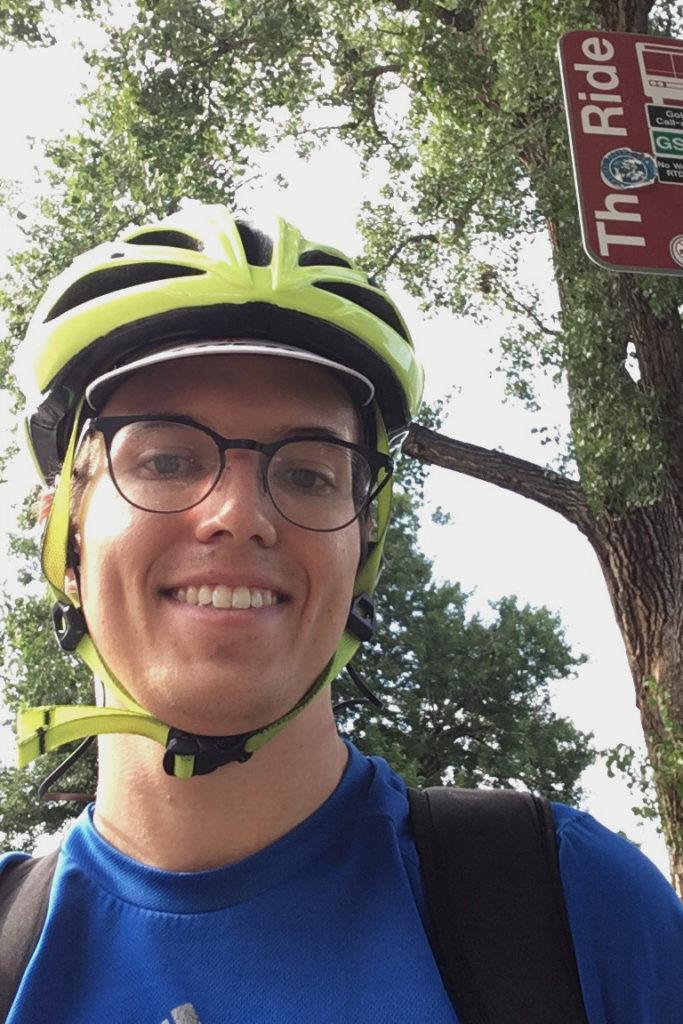
RTD’s ridership is falling and the agency’s budget is tight. It’s at the start of a two-year-long revamp where it’ll “reimagine” its future.
So we thought it was the right time to ask the good people of the Denver area what changes *they* want to see. In short, how would you make RTD better?
And folks, you had a lot of ideas.
We got nearly 400 responses to our request earlier this week, and dozens more via social media. That data wouldn’t pass scientific muster, but then again we aren’t scientists! So we parsed it as best as we could and came up with your top 10 ideas:

You Say: Make fares cheaper
More than 100 people said RTD’s services cost too much and should be made cheaper. A three-hour local fare is $3, and a ride to the airport will set you back $10.50. Monthly or employer-subsidized passes can bring that cost down, but some people told us that it's still cheaper to drive and park. Many even said a pass would cost the same as your car payment (although that leaves out all the other costs of owning a car — insurance, depreciation, and things like that).
But RTD is unlikely to lower fares anytime soon, as long as it’s on its current trajectory. The agency plans fare adjustments every three years. Fares made up 14.6 percent of RTD’s $978 million in revenue in 2018, according to its latest annual financial report:

To lower fares in a meaningful way, RTD would need to make up those revenues through other avenues, like a tax increase. Some in our audience suggested they do just that.
“Make it cheaper,” wrote David Zilis. “It should save me gas money to take the bus not cost me three times as much. In fact, we should all pay a fraction of a percent more income tax and the bus should be free for everyone.”

RTD did just launch a discount for anyone who makes less than about $23,000 a year, and they expect 79,000 people to sign up for it in the next three years.
You Say: Run buses and trains more often
Nearly 70 respondents said RTD should run its buses and trains more frequently.
“My neighborhood bus comes through every half hour,” wrote Nicholas Morris. “If that were every 15-20 minutes instead, it would be more convenient than driving, especially since I work downtown. Instead, it takes at least 40 minutes to make a 20 minute trip by car.”
But running buses more frequently probably means less coverage across the metro area. About 50 people told us they’d like to see more bus lines to places not served. RTD’s board has been talking about that exact tension over the last month or so.
“Expand to new service areas in the RTD region,” one reader wrote. “Boulder residents pay taxes too. RTD stands for Regional Transportation District, not Denver Metro exclusive district.”
You Say: Transit should be faster — and on time
About 50 people said RTD should be quicker in getting people from point A to point B. Some said RTD should consider express trains — a la the New York City subway — but the agency lacks the right-of-way to do that anywhere on its system right now.
More express routes, and specifically, bus rapid transit are a stronger possibility in the near term. RTD is in the early stages of planning out a BRT network, where buses have their own lane of traffic and make limited stops, on busy streets like Speer, Colorado, and Havana.
More than 40 people said RTD needs to do a better job of keeping its buses and trains on schedule.
“This week has been a nightmare of late buses,” wrote David Hammond. “I am talking about 20 & 30 minutes late. I get to work an hour before start because I don't trust the buses. Reason To Drive.”
RTD buses share lanes with general traffic, and that can slow them down. RTD doesn’t own the streets its buses operate on — cities do. So if places like Denver, or Englewood, or Aurora, gave RTD an entire lane to operate in and even adjust traffic signals to give buses priority, that could speed up service. But that would probably be very controversial because most people drive and they don't like to see lanes that they can't use.
You Say: Try something out there
A handful of people suggested running smaller buses on less popular routes.
“Then you can have more routes, and won't clog streets with bigass, mostly empty buses,” Keith wrote.
Others said driving should be made more expensive and more inconvenient.

“The real motivator is higher gas taxes and the culture shift that begins to happen when we make it harder and more expensive to drive cars downtown,” Richard Ray wrote.
“Increase the gas tax,” wrote Daniel McDonald. “Use the money to subsidize public transit passes/more lines/etc. Less drivers = less traffic for “must” drivers, less ozone, less co2, healthier people (more physical activity, less back issues, less vehicular stress/road rage), more time to do other things - everyone wins.”
And some said it was time to cut RTD’s funding altogether.
“Stop thinking of transit as an end in itself,” wrote Randal O’Toole, a conservative public policy analyst. “If other modes of travel do a better job of moving people than transit, then it is time to end the subsidies to transit.”
Still, in spite of all the issues raised, transit experts and urban planners argue that transit is far more efficient at moving large numbers of people than single-occupancy vehicles. Researchers say larger roads and freeways encourage more drivers to use them, just resulting in more congestion.








